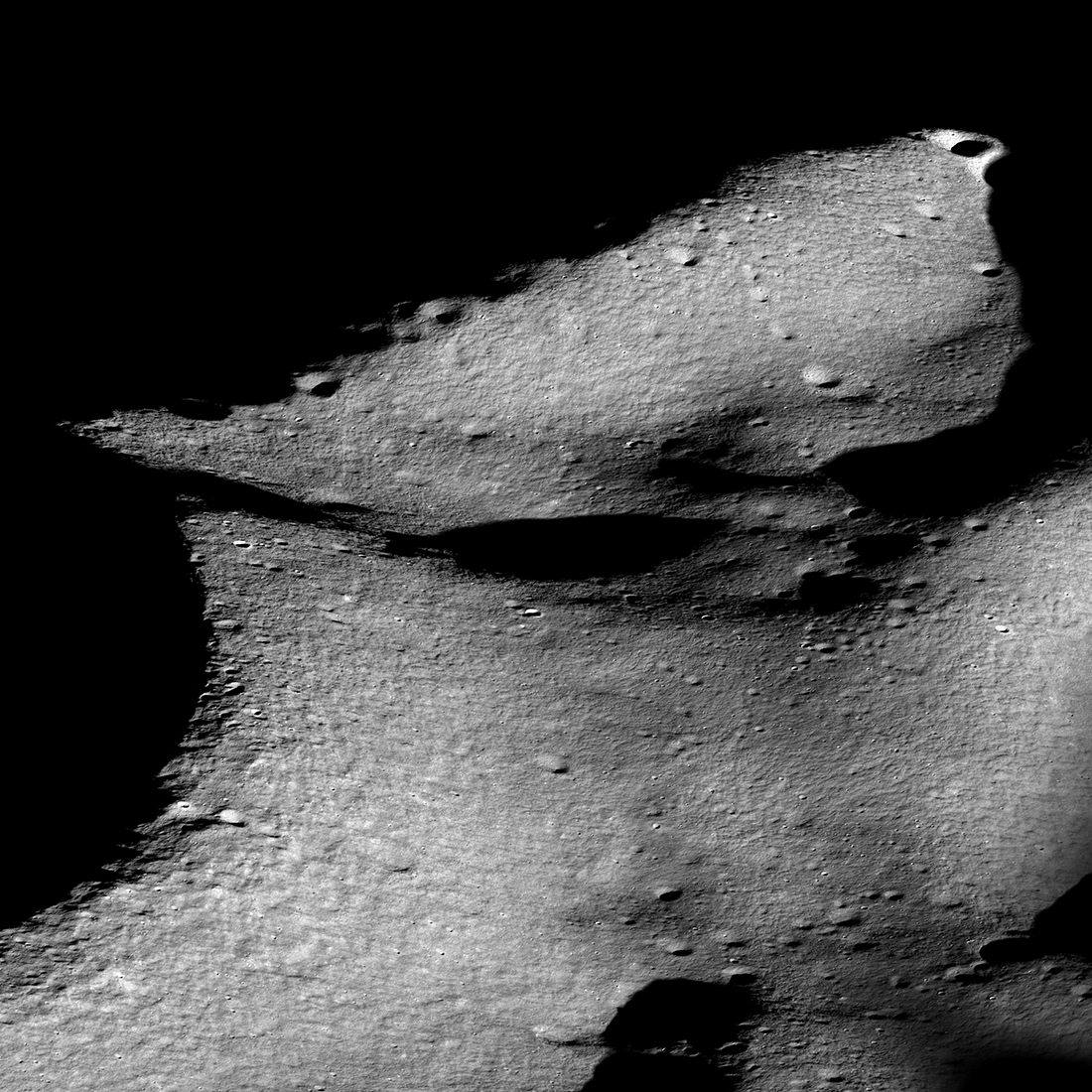NG Missile Vessels
FULL MEMBER

- Joined
- Apr 9, 2023
- Messages
- 1,600
- Reaction score
- 0
- Country
- Location
Follow along with the video below to see how to install our site as a web app on your home screen.
Note: This feature may not be available in some browsers.


Nervous about ours now, looks like landing on the south pole is really really hard

Second space agencyTrue, I hope Russia comes up with another mission shortly.

It failed way before landing attempt... So, you can know if it is hard only after CY3 landing attempt.Nervous about ours now, looks like landing on the south pole is really really hard


there is a reason why nobody could ever land in south poll in the past 60 years , we are all very tensed after this newsNervous about ours now, looks like landing on the south pole is really really hard

there is a reason why nobody could ever land in south poll in the pass 60 years , we are all very tensed after this news

Name one country which has landed it's probe on the lunar south pole.The reason is no o e really cares
The U.S, Russia, China have all sent probes to the moon
Do you think the U.S 50 years after landing a man on the moon couldn't?
The point is why would they spend money doing so?

there is a reason why nobody could ever land in south poll in the pass 60 years , we are all very tensed after this news
Name one country which has landed it's probe on the lunar south pole.

This does not equate to landing on the south pole of moon being overall more difficult than other landing that landed at the site they aimed for.

Proof?

Everyone says it's hard, you claim something extraordinary here. Extraordinary claims require extraordinary proofs, so where's your proof that landing on polar south is same as landing on other part of the moon?You have to prove that south pole landing is especially more difficult than any other lunar landing that lands at where the planners decided where they wanted to land. It is your implied claim after all. I'm certain neither of us are experts in orbital mechanics to prove either positions.


Everyone says it's hard, you claim something extraordinary here. Extraordinary claims require extraordinary proofs, so where's your proof that landing on polar south is same as landing on other part of the moon?

Moon's South Pole is Full of Mystery, Science, Intrigue - NASA
Lee esta historia en español aquí.www.nasa.gov

Who says it is hard? Your link says absolutely nothing about landing at south pole being harder than landing at a predesignated site x.

"At the lunar South Pole, the Sun hovers below or just above the horizon, creating temperatures upwards of 130°F (54°C) during sunlit periods. Even during these periods of illumination, soaring mountains cast dark shadows and deep craters protect perpetual darkness in their abysses. Some of these craters are home to permanently shadowed regions that haven’t seen sunlight in billions of years and experience temperatures as low as -334°F (-203°C).
Even using advanced sensors, the combination of terrain and lighting conditions will make it difficult to tell what the ground looks like from a vehicle descending to the lunar South Pole, and some systems may be vulnerable to rising and plummeting temperatures."
